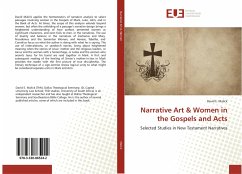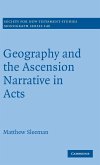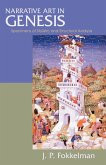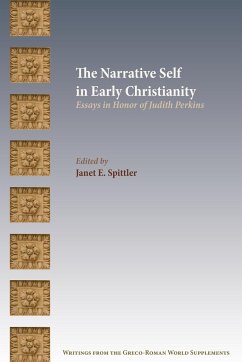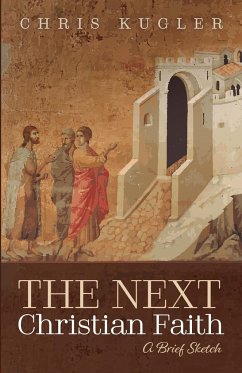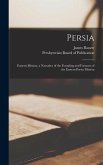David Malick applies the hermeneutics of narrative analysis to select passages involving women in the Gospels of Mark, Luke, John, and in the Book of Acts. At times, the scope of this analysis extends beyond women, but often the unfolding of a passage¿s narrative design brings a heightened understanding of how authors presented women as significant characters, and even foils to men, in the narratives. The use of duality and balance in the narratives of Zacharias and Mary, Nicodemus and the Samaritan Woman, and Aeneas, Tabatha, and Cornelius focus on what the author is doing with what he is saying. The use of intercalations, or sandwich stories, bring about heightened meaning when the stories of Jesus¿ mother and the religious leaders, or Jairus and the woman with a hemorrhage, or Judas and the woman who anoints Jesus for his burial are read together in Mark. A first and subsequent reading of the healing of Simon¿s mother-in-law in Mark provides the reader with the first picture of true discipleship. The literary technique of a sign-sermon shows logical unity to what might be considered separate units in Mark and Acts.
Hinweis: Dieser Artikel kann nur an eine deutsche Lieferadresse ausgeliefert werden.
Hinweis: Dieser Artikel kann nur an eine deutsche Lieferadresse ausgeliefert werden.

